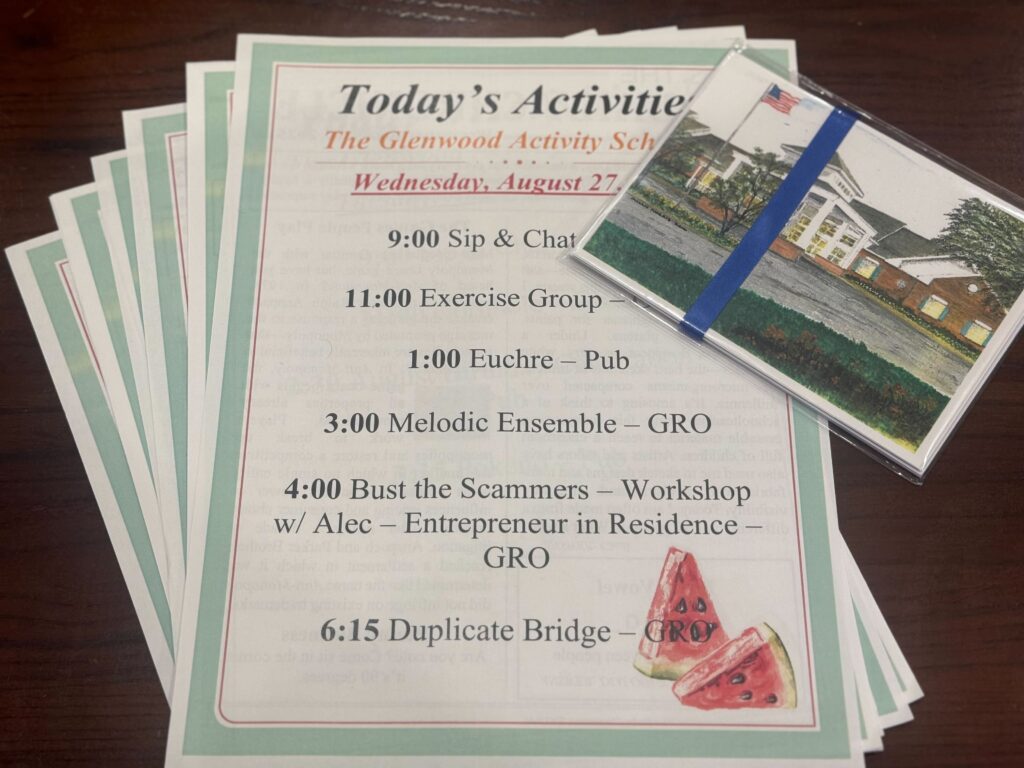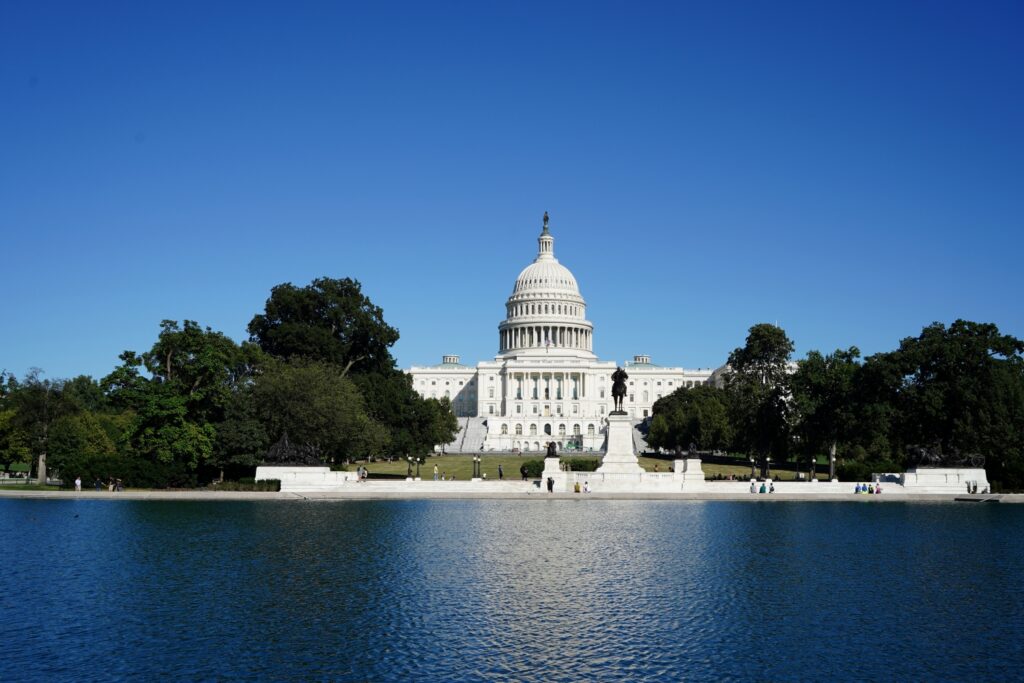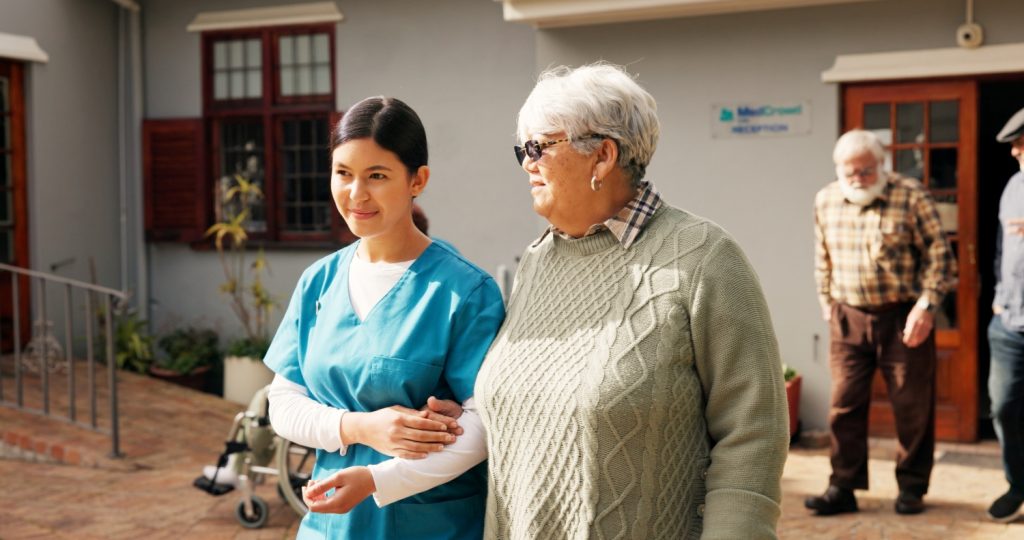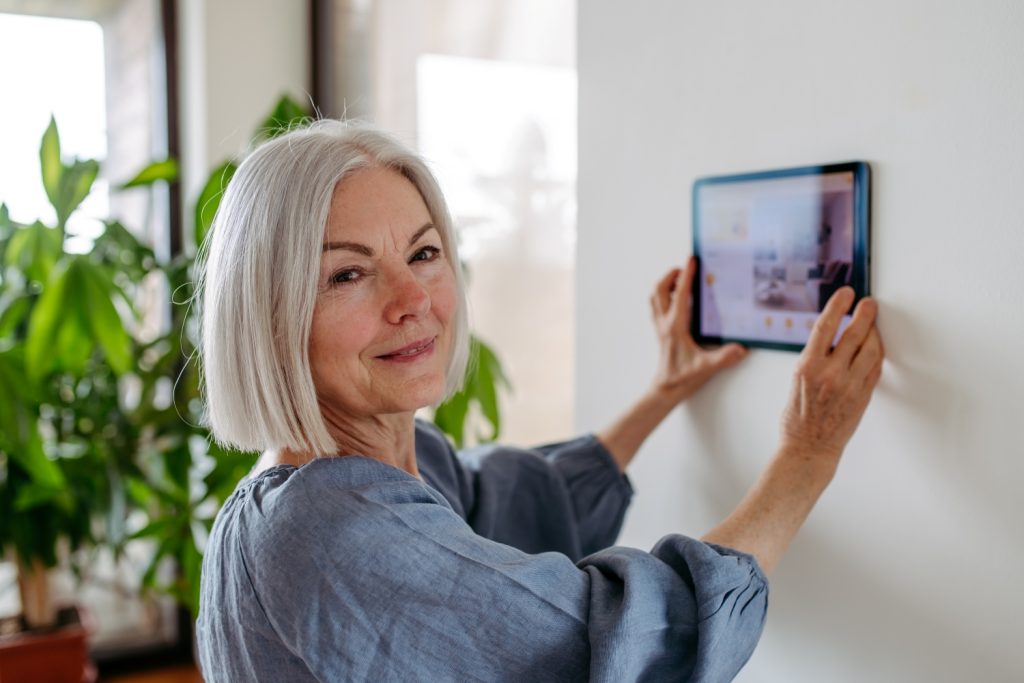As we draw to a close on this special series dedicated to exploring the rich, complex and multifaceted experiences of Black elders, I would like to extend my heartfelt gratitude to the authors of these insightful articles and to the American Society on Aging (ASA) for making this endeavor possible. The voices shared in these pages have but scratched the surface of the diverse challenges and triumphs that define aging while Black in America. These stories, research, and reflections form a crucial tapestry that underscores the collective strength and potential of our communities.
Each article is written through its own unique lens: from the necessity of culturally tailored education in dementia caregiving, to the power of intergenerational bonds, the imperative of radical self-care for caregivers, and innovative programs designed to empower families navigating Alzheimer’s Disease and Related Dementias (ADRD). These narratives resonate deeply with the core themes of my book Aging While Black: A Radical Reimagining of Age and Race in America and highlight the three pillars of the Aging While Black (awB) movement—Recalibrating the Village, Embracing Innovation, and Leaning into Sankofa.
The need for culturally informed education, as discussed in the article on dementia caregivers, reflects the importance of equipping families and communities with tailored resources that respect their lived realities. The stories of caregivers who face limited access to information and systemic barriers speak to a broader, urgent call for equity in aging services. This is not just about addressing the gaps but also about transforming the systems that create them. This message cannot be missed.
‘Personal stories of struggle can lead to community-wide triumphs.’
Similarly, the reflections on intergenerational wisdom—the essence of “keep livin’ ”—remind us that the power of shared experiences transcends age. Our elders have long been the keepers of stories, culture and strength. When we nurture these connections, we foster a sense of belonging and collective power that benefits us all. The reciprocal lessons shared between generations create mutual benefits, empowering younger people to step into roles with confidence, while allowing older generations to see their legacy continued and valued through deep-rooted community ties.
Radical self-care, another key theme discussed, is not a luxury but a survival strategy. For caregivers—especially those balancing cultural expectations and limited resources—radical self-care is a vital act of self-preservation that enables them to continue in their essential roles and thrive. This concept aligns with the ideas shared in Aging While Black about rethinking how we approach caregiving in our communities, positioning it as a collective responsibility supported by a robust, culturally attuned network of partners.
The innovative approaches highlighted by Melanin Minded underscore how personal stories of struggle can lead to community-wide triumphs. These initiatives reflect the awB movement’s mission of harnessing culturally responsive solutions that empower caregivers and strengthen the bonds within our communities. I am encouraged each time I encounter powerful stories such as this one.
Collectively, these articles and the conversations they spark challenge us to rethink aging for Black elders, seeing them not as individuals defined by the sum of their struggles but as vital contributors whose wisdom and experiences are essential to our collective future. They serve as examples of the radical reimagination of aging and race we believe necessary. The insights and strategies discussed call us to action: to advocate, innovate, and uplift Black elders by ensuring their voices are heard and their needs met.
As we move forward, I invite you to continue this journey by reading Aging While Black: A Radical Reimagining of Age and Race in America when it is released. The book builds on the themes shared in these articles and deeply examines the systemic issues, cultural ingenuity, and opportunities for profound transformation that we must collectively embrace.
Additionally, join us in the awB Learning Center at ASA’s On Aging 2025 this April. As was the case in 2024, this space will offer an invaluable opportunity for connection, learning, and the sharing of ideas that can catalyze real change in how we view and support aging in Black communities.
Let this be our call to action: to not only continually rehearse the challenges, but to commit to the solutions that uplift Black elders. To recalibrate our communities, embrace the innovation that propels us forward, and lean into the cultural wisdom that has always been our source of strength. Together, we can shape a world where aging while Black is not just a series of trials to endure but a powerful journey of celebration, empowerment, and thriving.
Raymond A. Jetson is an AARP Purpose Prize winner and Next Avenue Influencer in Aging. He has served as the catalytic force that has powered the evolution of Aging While Black.













